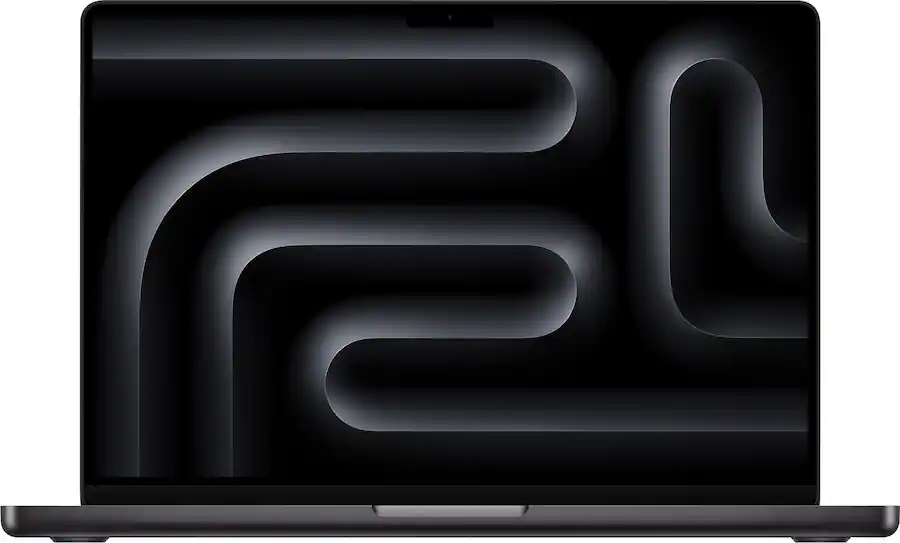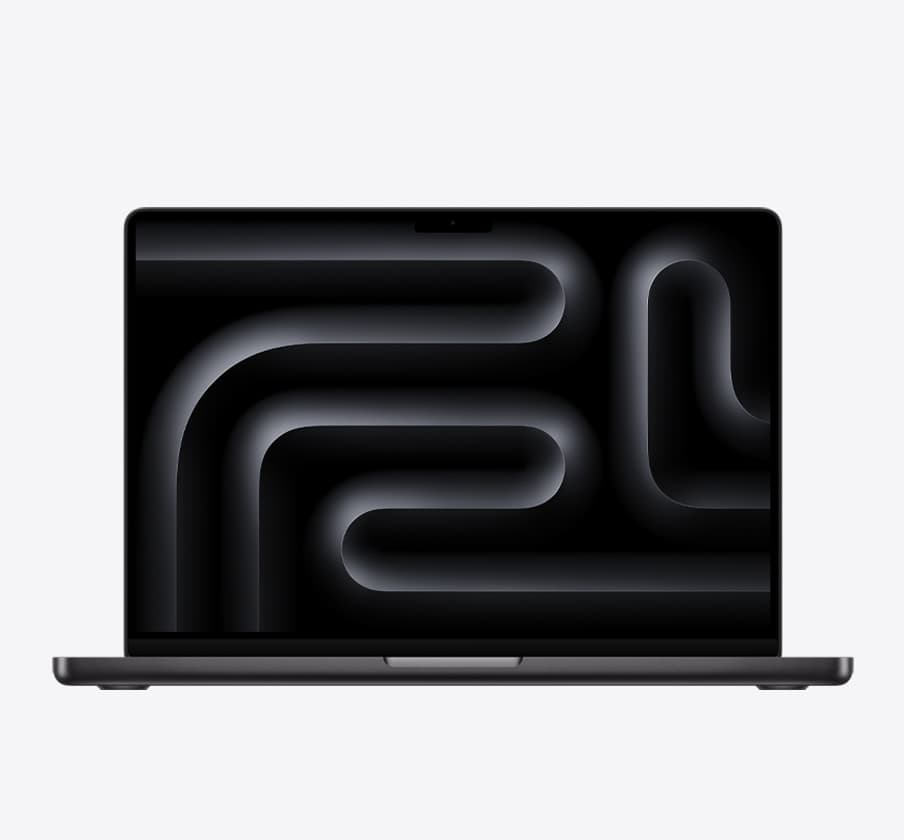Apple’s New MacBook Pro M5: Incremental Power, Familiar Shortcomings
October 30, 2025
|
M5 MacBook Pros
Summary
While M5 brings modest improvements in performance and battery life, it doesn’t move the needle much elsewhere. Let’s break down what’s new—and what isn’t.
Table of contents:
Laptops in this Article
14 Inches | 512 GB | 16 GB | M5 10-Core | M5 10-Core GPU
Best Price Ever
Great Deal
14 Inches | 1 TB | 24 GB | M4 Pro 14-Core | M4 Pro 20-Core GPU
On Sale
Great Deal
Introduction
Apple’s M-series laptops have always led in efficiency and reliability, and the new MacBook Pro 14 (M5) continues that tradition—just without shaking things up. If you were eyeing an M4 MacBook Pro, this is simply a slightly faster, slightly longer-lasting version. But if you were hoping for meaningful design or feature changes, prepare to be underwhelmed.
There’s still no Wi-Fi 7, no Thunderbolt 5, and that sharp front edge and large notch remain unchanged. Apple has clearly gone for safe and steady rather than bold and innovative this round.
14 Inches | 512 GB | 16 GB | M5 10-Core | M5 10-Core GPU
Pros
- Excellent performance
- Very long battery life
- All round premium laptop
- Exceptionally quiet and mostly feels cool to the touch
- Very premium - Great speakers, webcam, trackpad, keyboard, dsiplay
- Extremely fast storage
Cons
- An incremental update that doesn't change much from the M4 version
- No Wi-Fi 7
- Not good for gaming
- No Thunderbolt 5
CPU Performance
The M5 keeps the same 10-core CPU layout as the M4—4 performance cores and 6 efficiency cores—but offers small speed bumps across the board.
- Cinebench R24: +15% single-core, +18% multi-core over M4
- Geekbench 6: Slightly higher lead over comparable Windows chips
- Efficiency: No real gain—Apple’s “third-gen 3nm” silicon simply runs at higher wattage for better results
Under sustained load, the M5 averages 26 watts, up from 24W on the M4, hinting at more power draw without new cooling. As a result, surface temperatures climb noticeably. Apple’s single-fan design hasn’t changed, and it struggles to maintain peak performance under heavy workloads compared to the dual-fan MacBook Pro models with M-series Pro chips.
In short: the M5 is faster, but mostly because it’s pushing more power through the same cooling system.
Real-World Applications
In real applications like Premiere Pro, Apple’s marketing benchmarks tell only part of the story.
- PugetBench Premiere Pro: +65% faster than M4, nearly ties M4 Pro (14-core)
- Actual Exports: The M4 Pro still finishes heavy video renders substantially faster
Memory configuration (16GB vs. 24GB) showed almost no difference for typical workloads. Unless you’re editing complex 10-bit or 3D content, you don’t need to pay Apple’s steep upgrade prices. If you do, consider stepping up to an M4 Pro instead—it comes with more memory and better thermals for a similar real-world price once sales are factored in.
14 Inches | 1 TB | 24 GB | M4 Pro 14-Core | M4 Pro 20-Core GPU
Pros
- Extremely Powerful
- Long Battery Life
- Extremely Power Efficient
- Excellent Keyboard and Trackpad
- Fantastic Display - High Resolution, Fast Refresh Rate, Bright
- Minimal Fan Noise (If Any)
- Excellent Speakers
- Good Webcam
- Lots of Memory as Standard
Cons
- No Wi-Fi 7
- Expensive
Graphics & Gaming
Apple claims faster GPU cores with better ray tracing and increased memory bandwidth (now 153 GB/s vs. 120 GB/s on M4). It’s an improvement, but still miles behind discrete GPUs like Nvidia’s RTX 5050 (384 GB/s).
Gaming performance remains Apple’s Achilles’ heel:
- Steel Nomad: Trails far behind M4 Pro and Windows RTX laptops
- Cyberpunk 2077: Unplayable at native resolution, even with frame generation
- Many titles—Battlefield 6, Monster Hunter Wilds, Borderlands 4—still have no macOS version
Bottom line: the M5 can technically game, but it’s not a gaming laptop.
AI & Programming
In AI workloads, such as local LLM tests, the M5 delivers about 40% slower throughput than the M4 Pro’s Neural Engine. For programmers, though, it’s still an excellent all-rounder. Compiling, running tests, and managing multiple containers feel snappy, especially in light development environments.
That said, 16 GB of unified memory may not cut it for developers running heavy virtual machines or Docker workloads. The sweet spot for most professionals is 24 GB or more—but again, if you’re spending that much, the M4 Pro remains the smarter buy.
Battery Life
Apple’s efficiency edge continues. In our productivity test at 200 nits brightness, the M5 posted the best battery life of any 14-inch MacBook yet.
Performance remains consistent whether plugged in or not—something many Windows competitors still struggle with. Expect all-day longevity for office or coding use, though real-world results will vary based on screen brightness and load.
Conclusion
The M5 MacBook Pro 14 is a small but solid evolution of Apple’s mainstream laptop. It’s still the most efficient and worry-free device in its class, perfect for creators, coders, and professionals who prioritize silence and battery life over gaming or customization.
However, for those expecting a major leap: this isn’t it. The M5 is an incremental update—a refresh, not a reinvention.
If you find an M4 Pro on sale, it remains the better performer for demanding tasks. But if you just want a reliable, long-lasting laptop that works flawlessly out of the box, the M5 delivers exactly that.

